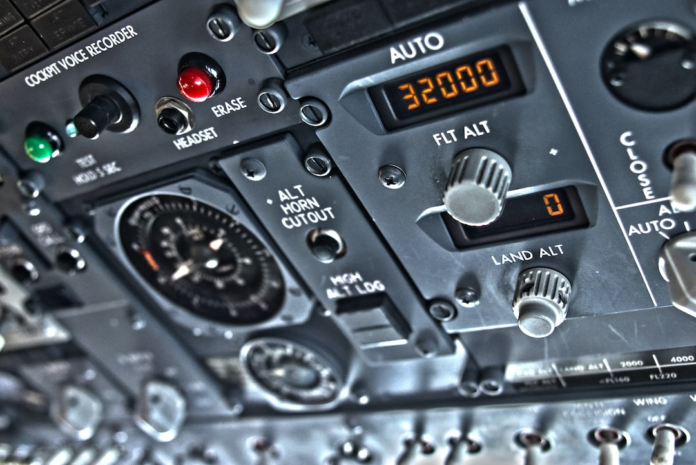An aerodrome, commonly known as an airport, is a fundamental component of aviation operations. It refers to a defined area on land that is either used wholly or in part for the takeoff and landing of aircraft.
In this article, we will highlight the significance of aerodromes, the different types of aerodromes, and how they play a huge role in ensuring smooth air transportation.
Contents
The Significance of Aerodromes
Aerodromes are vital to aviation operations as they are the primary point of entry for passengers and cargo. They provide a place for aircraft to land, refuel, and takeoff.
There are many other significant roles of aerodromes, such as providing a meeting point for aircraft and ground support vehicles, emergency response services, and different aviation stakeholders.
For instance, aerodromes act as an essential point where passengers, crew, and other aviation stakeholders converge, given the different operational requirements of air transportation. They facilitate smooth and efficient transfer of passengers and cargo from different parts of the world.
Aerodromes are also crucial for facilitating national and international travel, which is a significant component of economic growth and development.
Types of Aerodromes
There are different types of aerodromes, each designed for specific purposes depending on the intended use, aircraft capacity, and surrounding environment. Here are some of the types of aerodromes:
Commercial Aerodromes
Commercial aerodromes are the most common types of aerodromes, which facilitate a majority of air transportation. These aerodromes are explicitly created for commercial aircraft and are designed to handle large volumes of passengers and cargo.
Some of the largest and busiest airports globally, such as Hartsfield-Jackson Atlanta International Airport (ATL) and Beijing Capital International Airport (PEK), are commercial.
General Aviation Aerodromes
General aviation aerodromes refer to aerodromes that serve private and light aircraft. Unlike commercial aerodromes, they do not receive or handle commercial air traffic.
These aerodromes come in different sizes and offer different services depending on the surrounding environment. Some of the services provided by general aviation aerodromes include fueling, maintenance, and hangar space.
Military Aerodromes
Military aerodromes, as the name suggests, are aerodromes used by military aircraft. They are specifically designed to handle military aircraft, including fighter jets, military transport planes, and helicopters.
Military aerodromes often have restricted access and are secured to ensure the safety and security of military assets. However, in instances of joint military and civilian use of an aerodrome, portions of the airport may be accessible to the public.
Aerodromes and Air Transportation
Aerodromes play a significant role in air transportation by facilitating the movement of passengers, cargo, and aircraft from one point to another.
In addition, aerodromes provide essential services for aircraft, including air traffic control, maintenance, and repair services. These services ensure that aircraft are well-maintained, reducing the likelihood of mishaps and accidents during flight.
Aerodromes also employ thousands of employees in different fields, including customer service, engineering, maintenance, and security. Consequently, aerodromes are significant economic contributors for regions with a significant air transportation industry.
Furthermore, aerodromes often play a crucial role in emergency situations, such as natural disasters, political unrest, or medical emergencies. These emergency response services ensure that air transportation remains relatively safe and continuous.
Conclusion
In conclusion, aerodromes are a crucial component of the aviation industry, serving as indispensable platforms for air transportation. With different types of aerodromes available, it is now easier than ever to move passengers and cargo from one point to another.
As technology continues to advance, the aviation industry’s growth and development also progress. It’s exciting to see what the future holds for aerodromes and the aviation industry as a whole.




